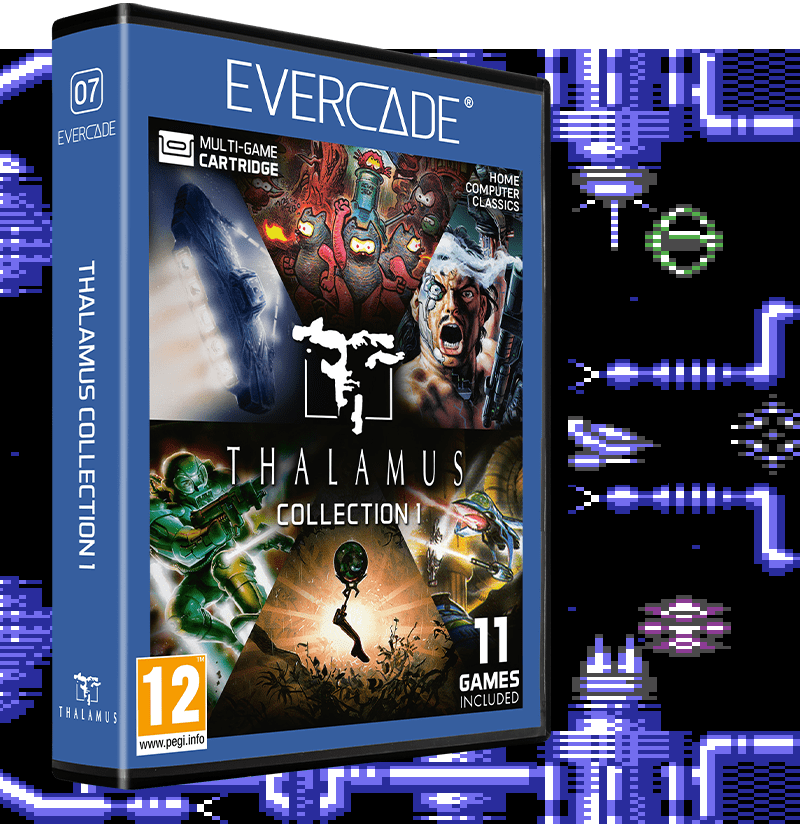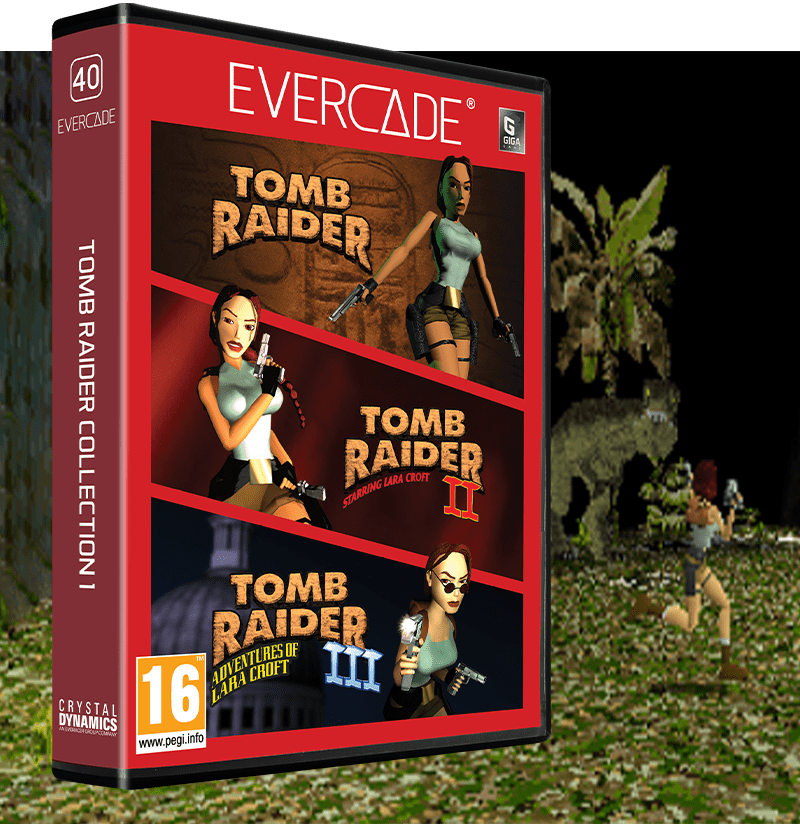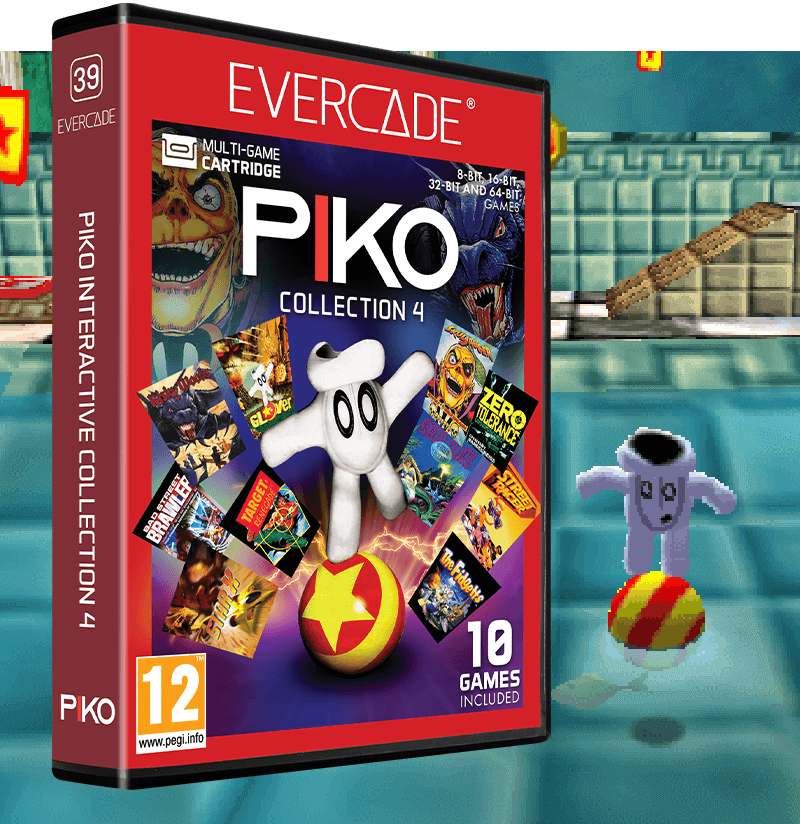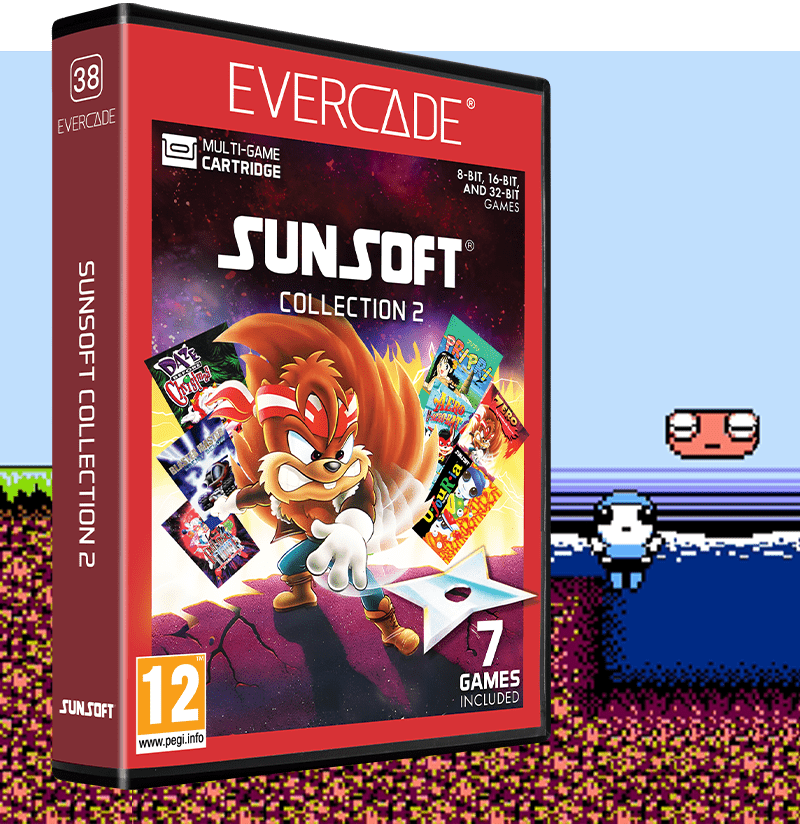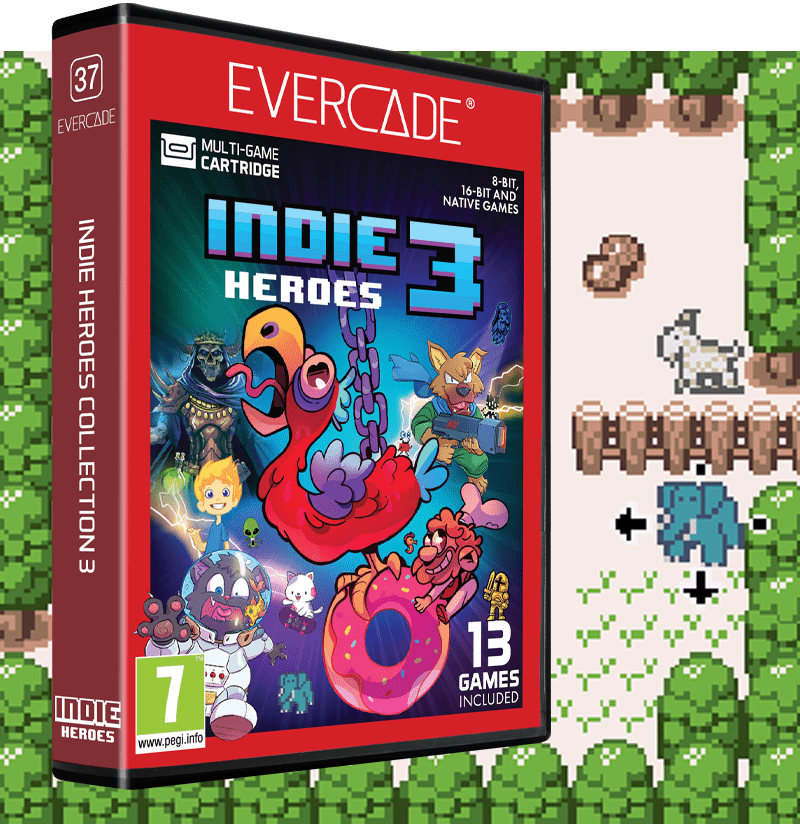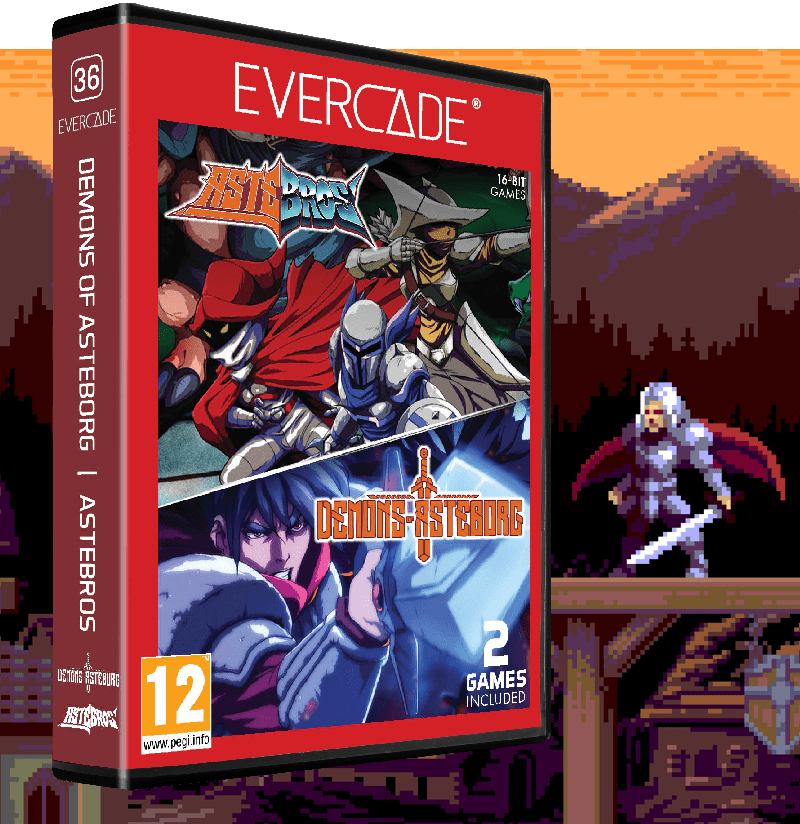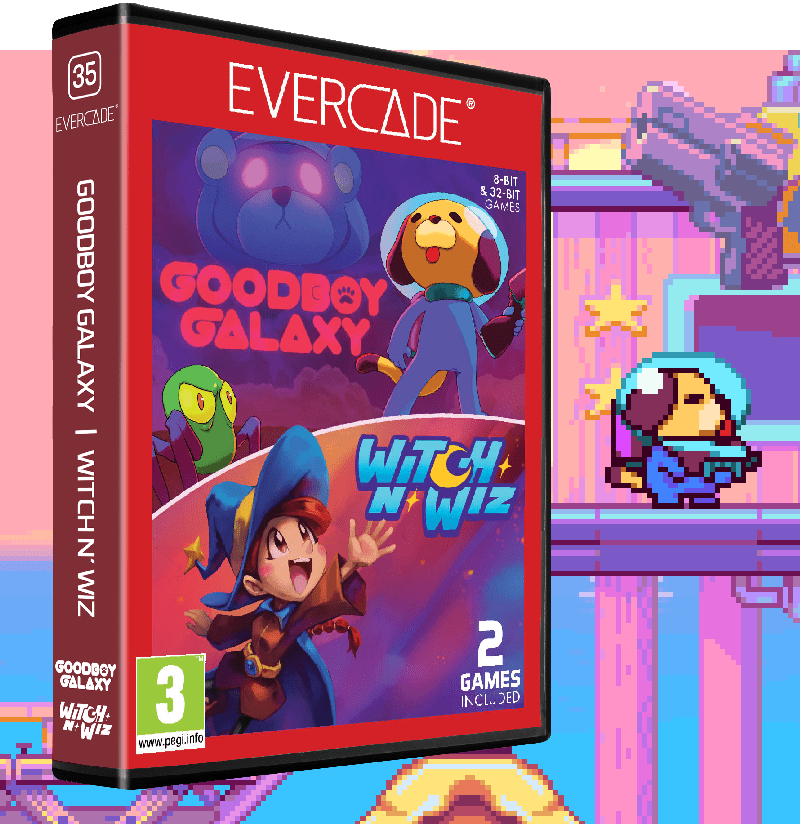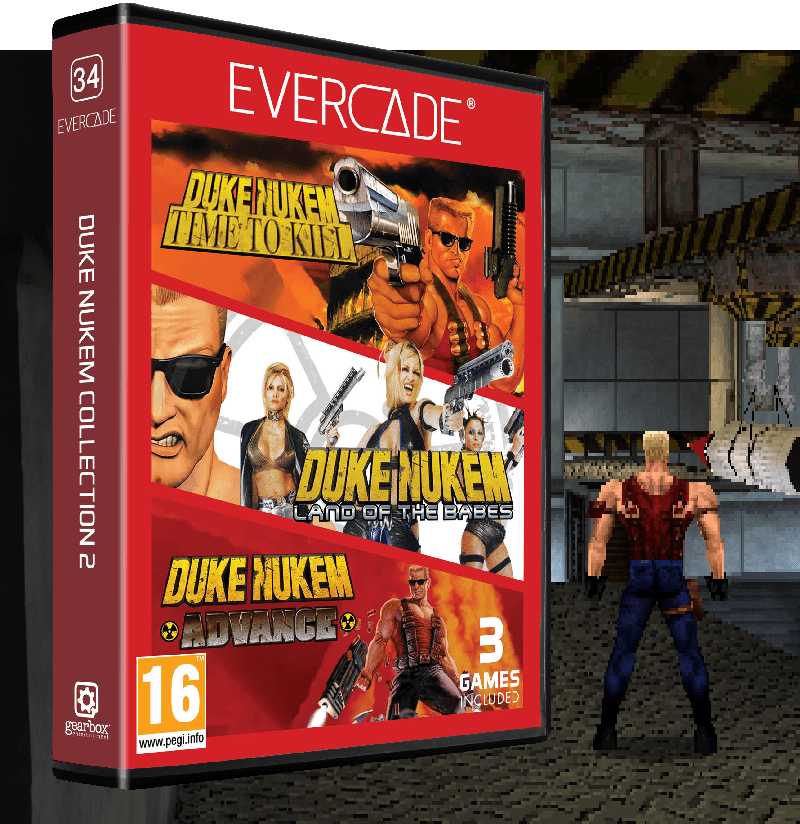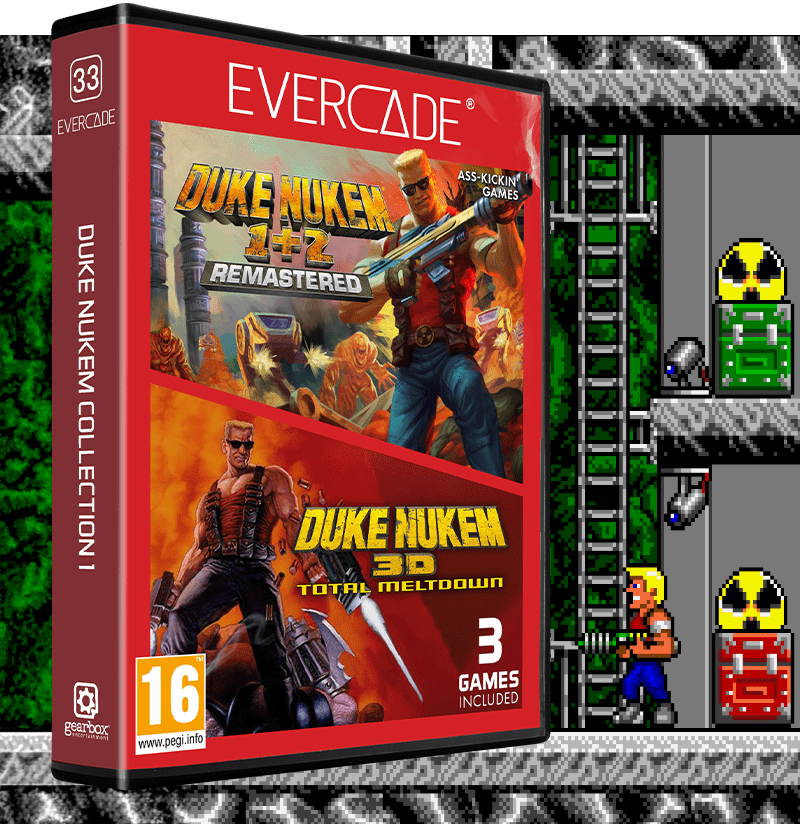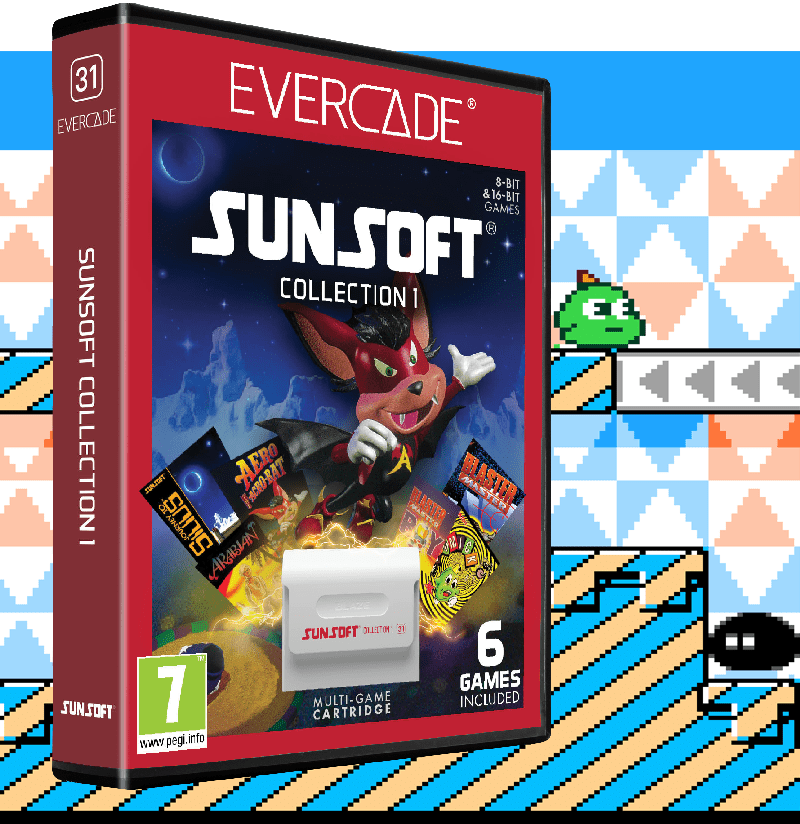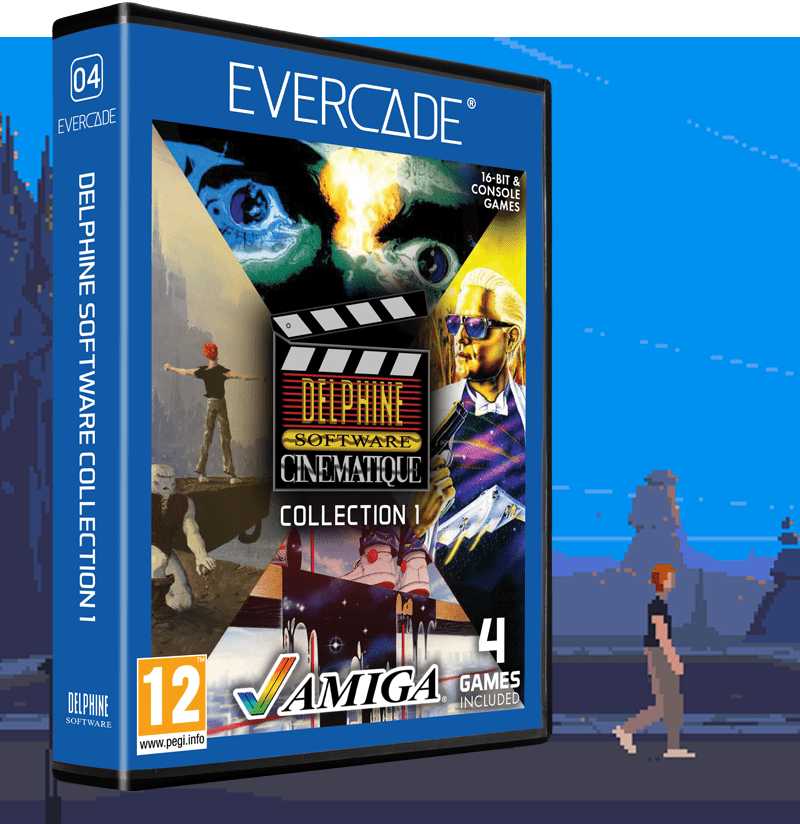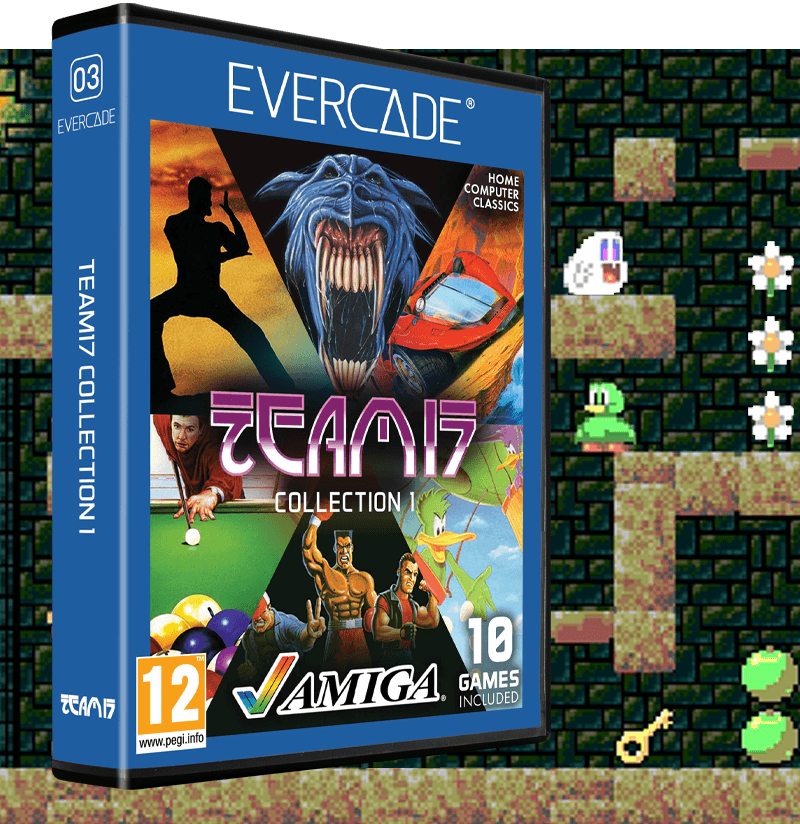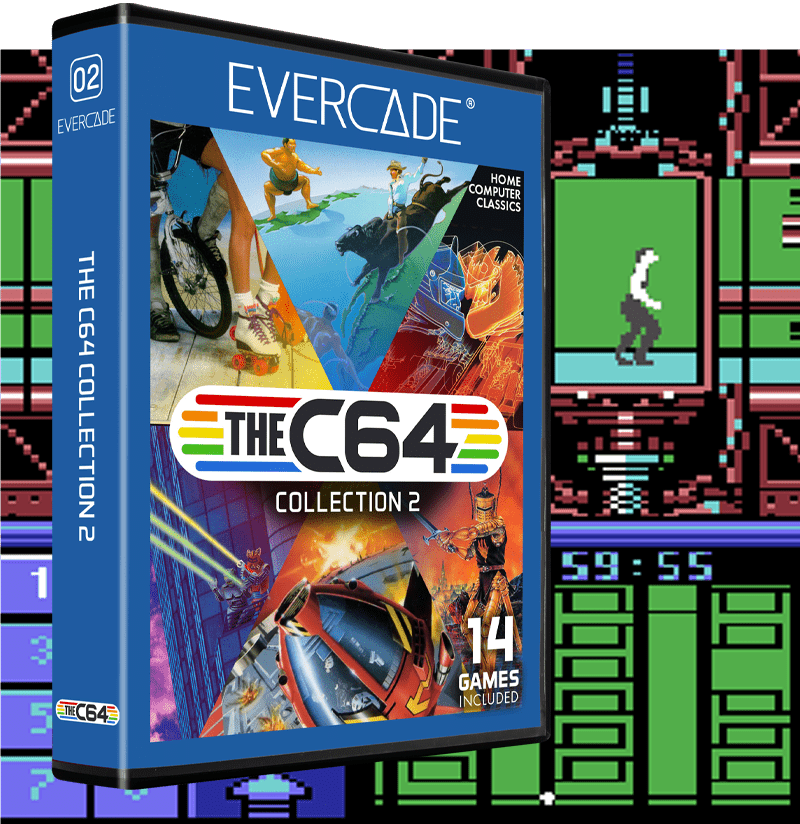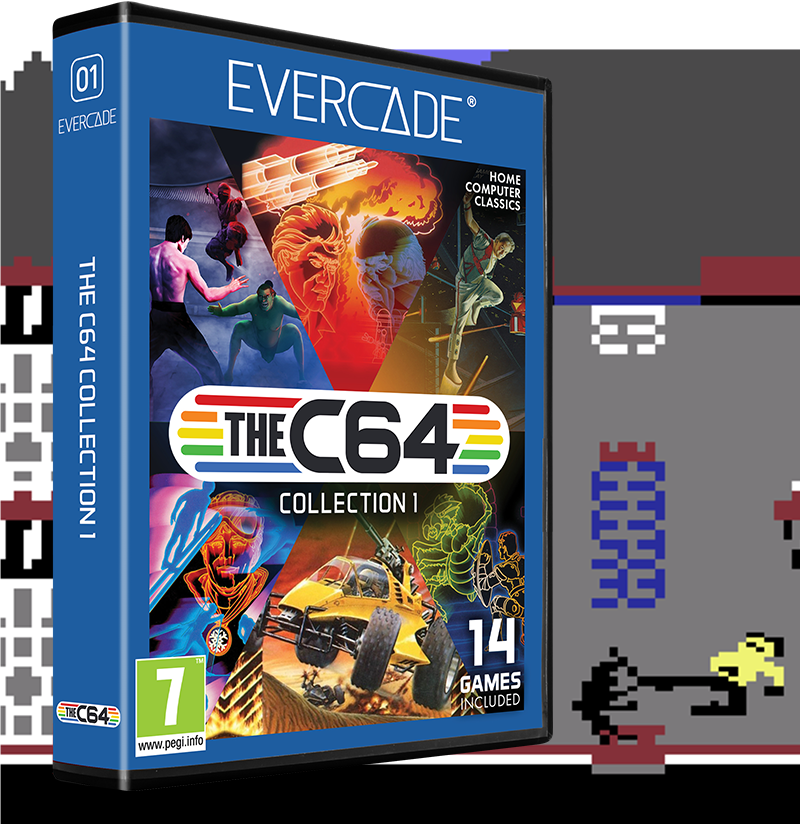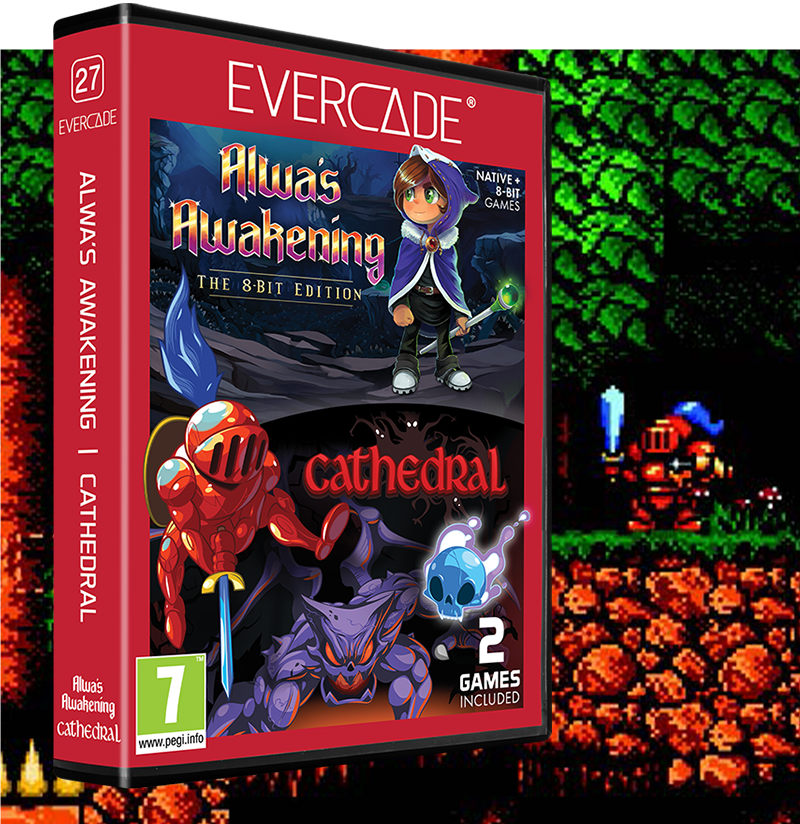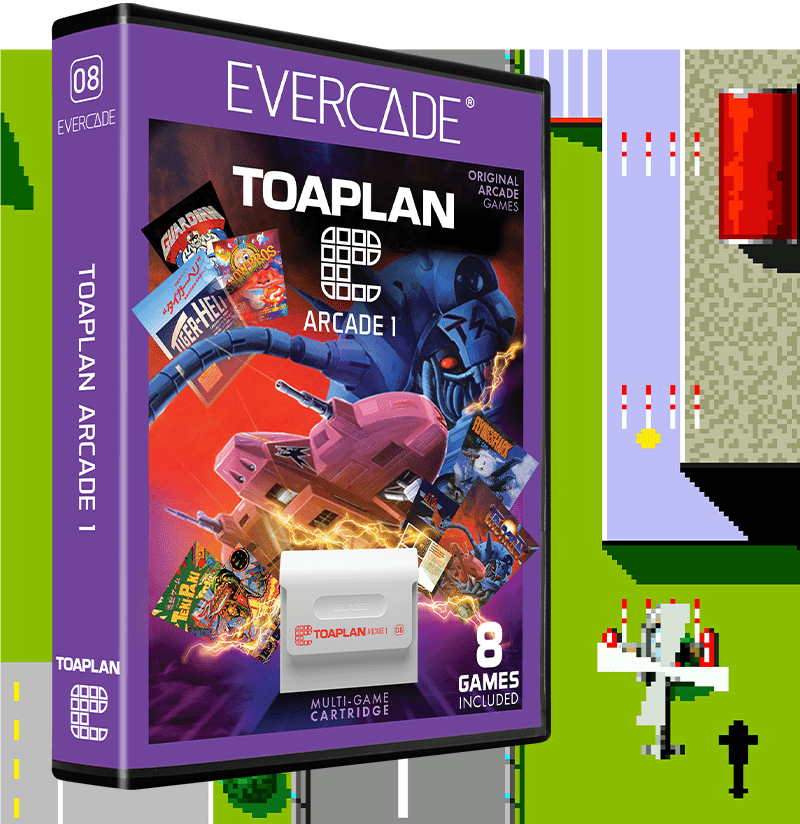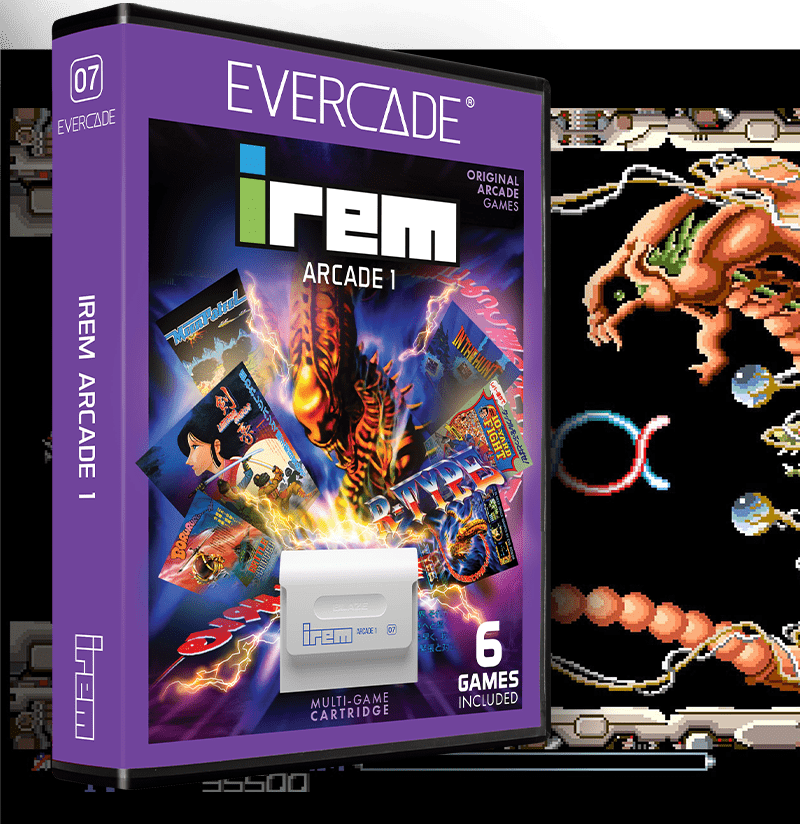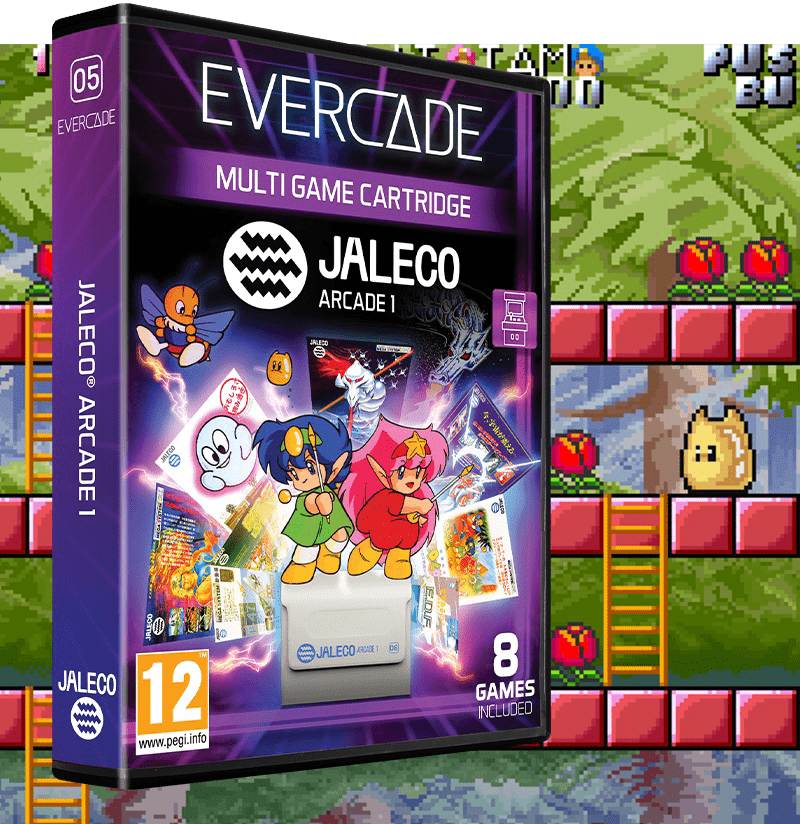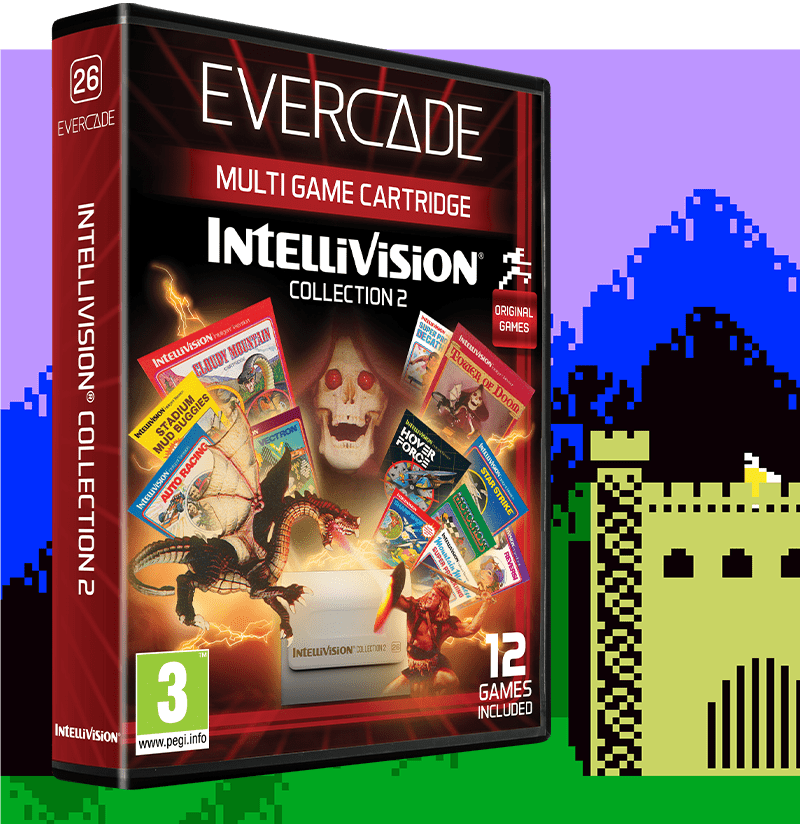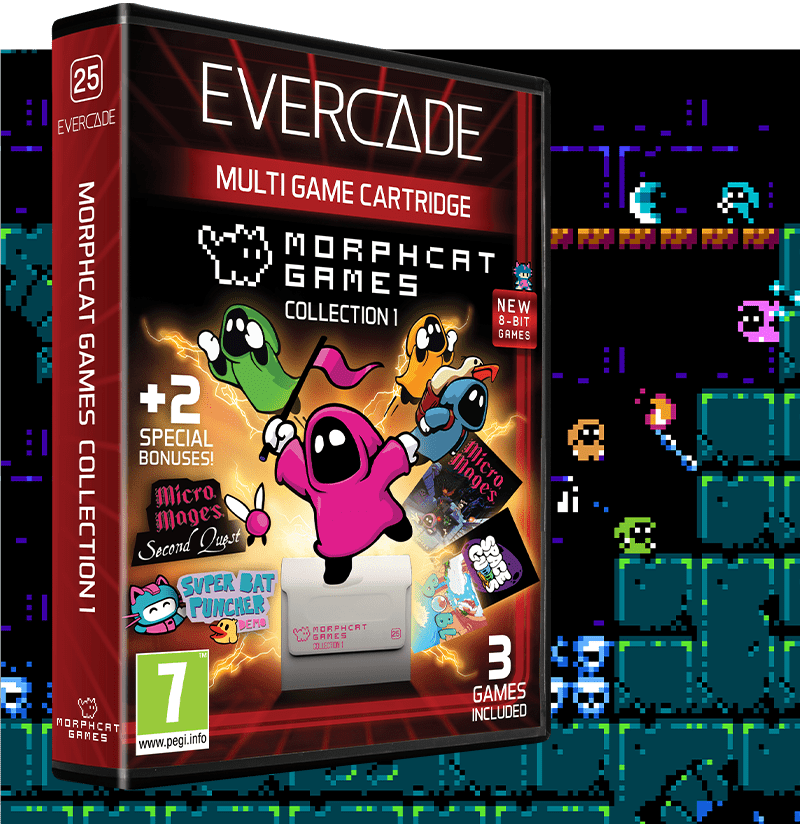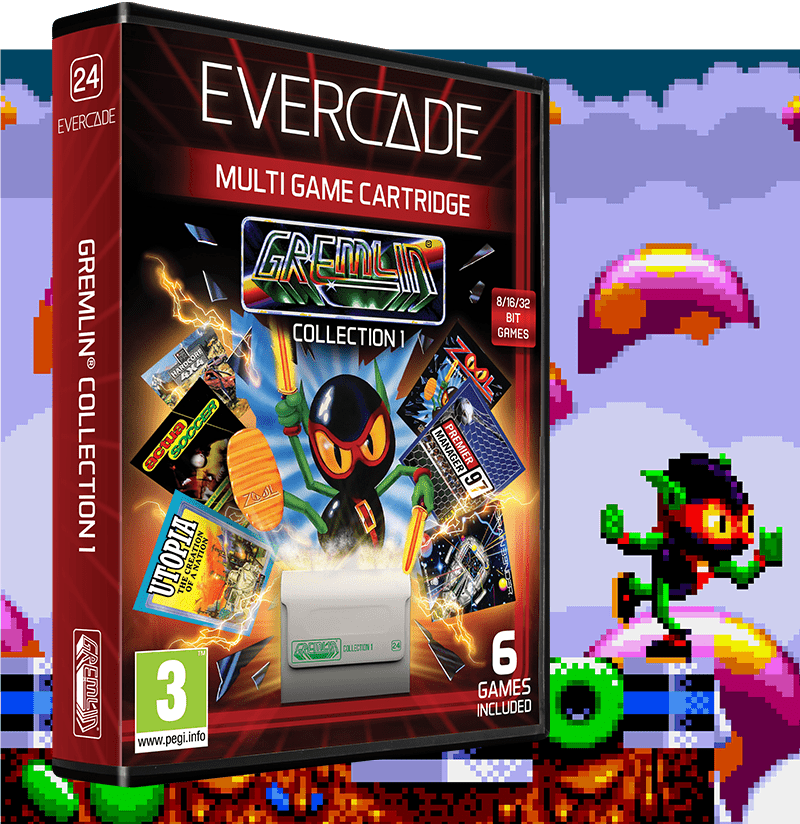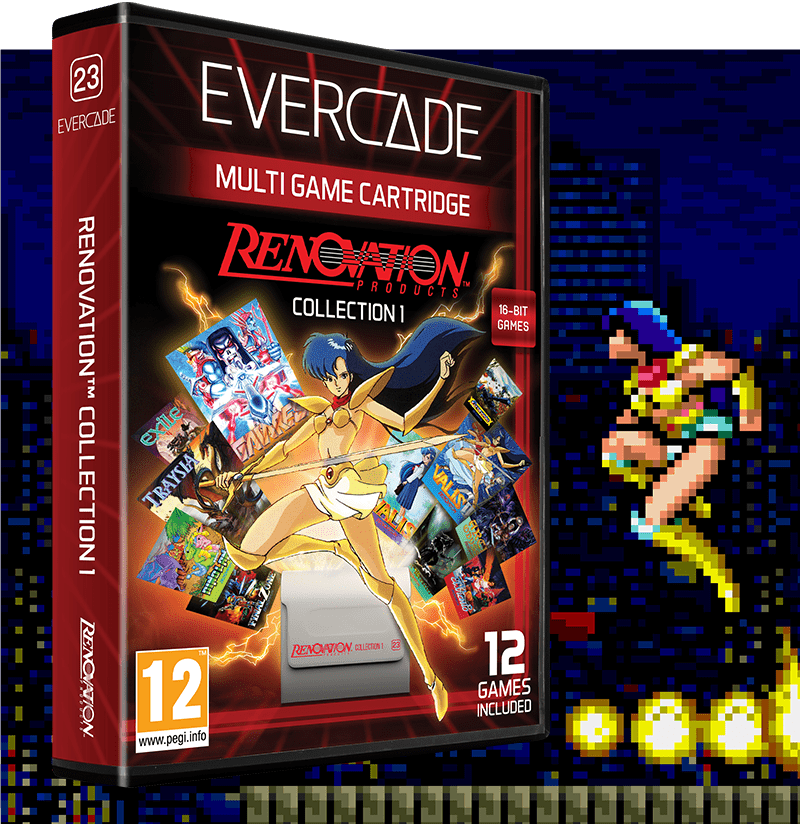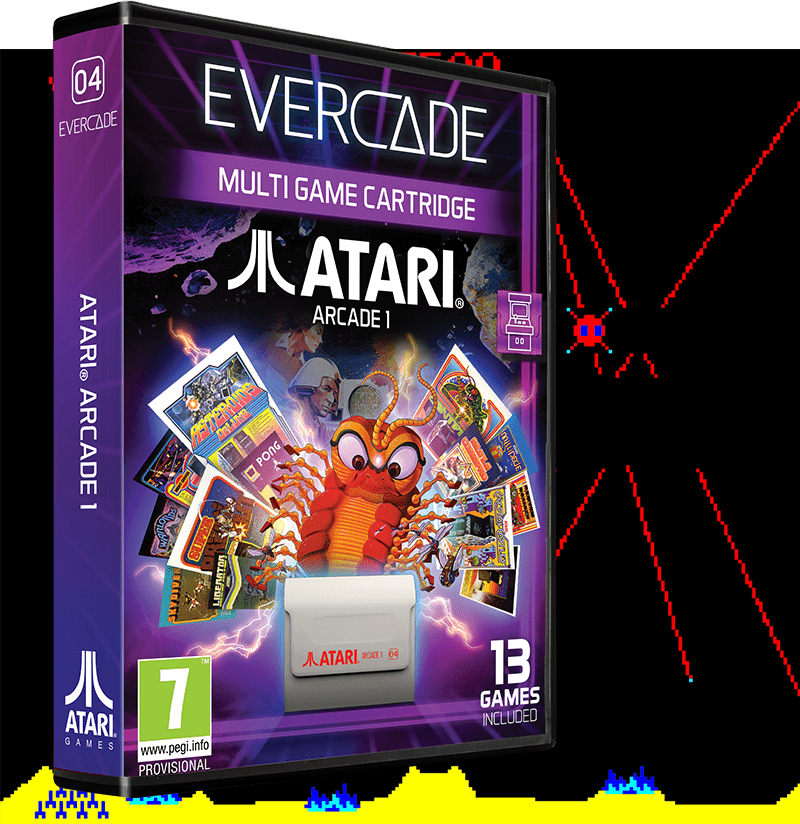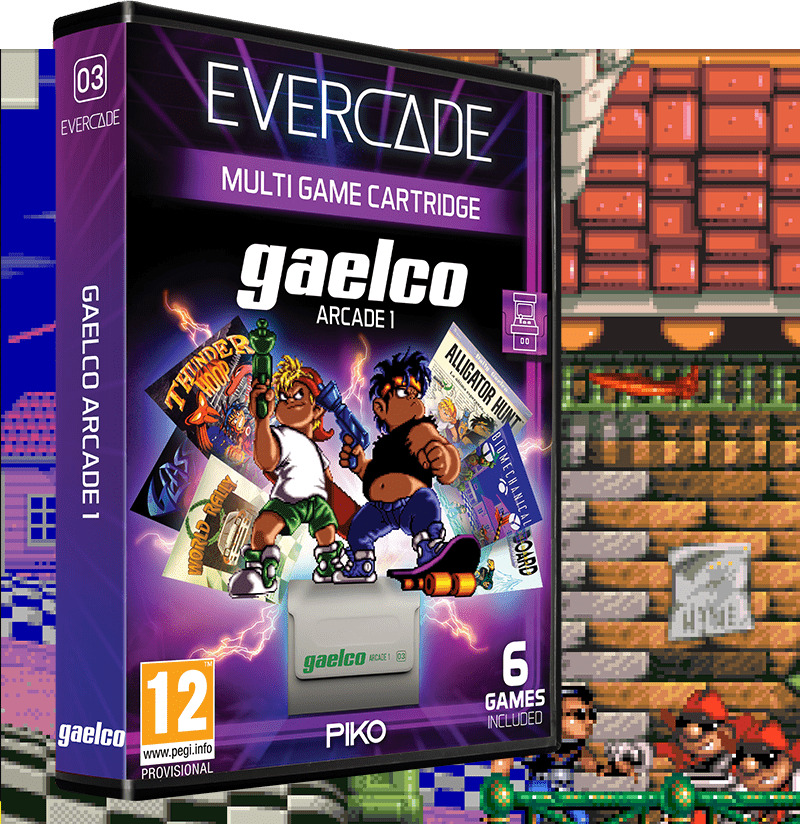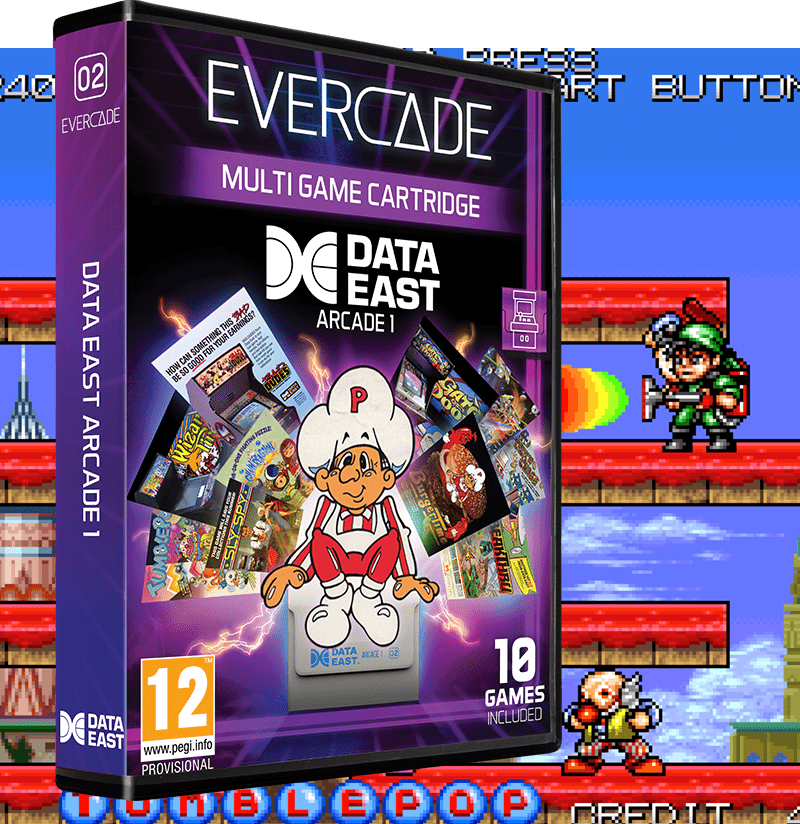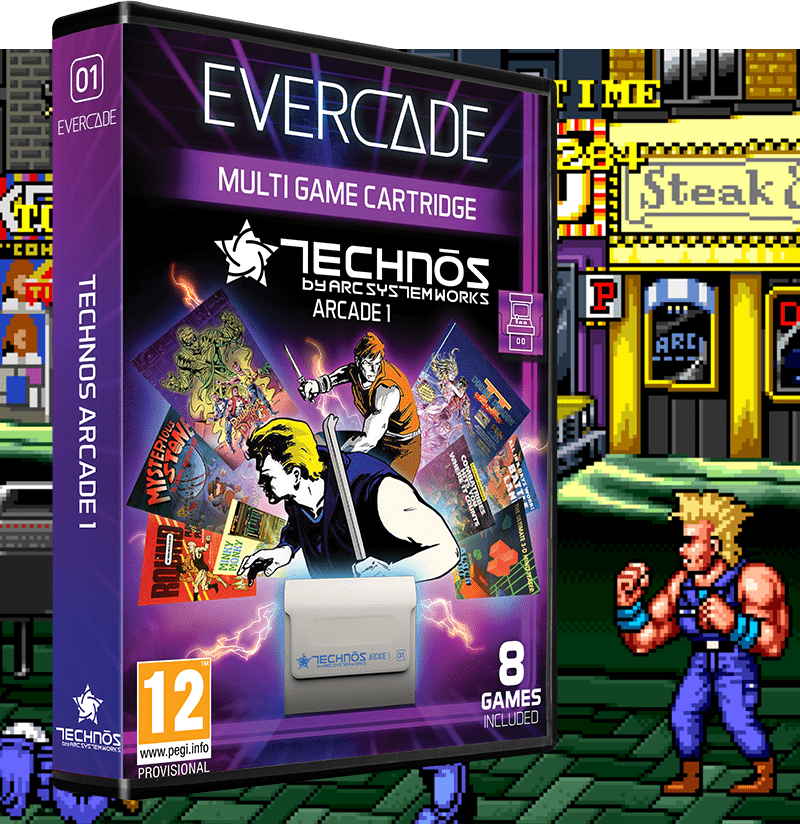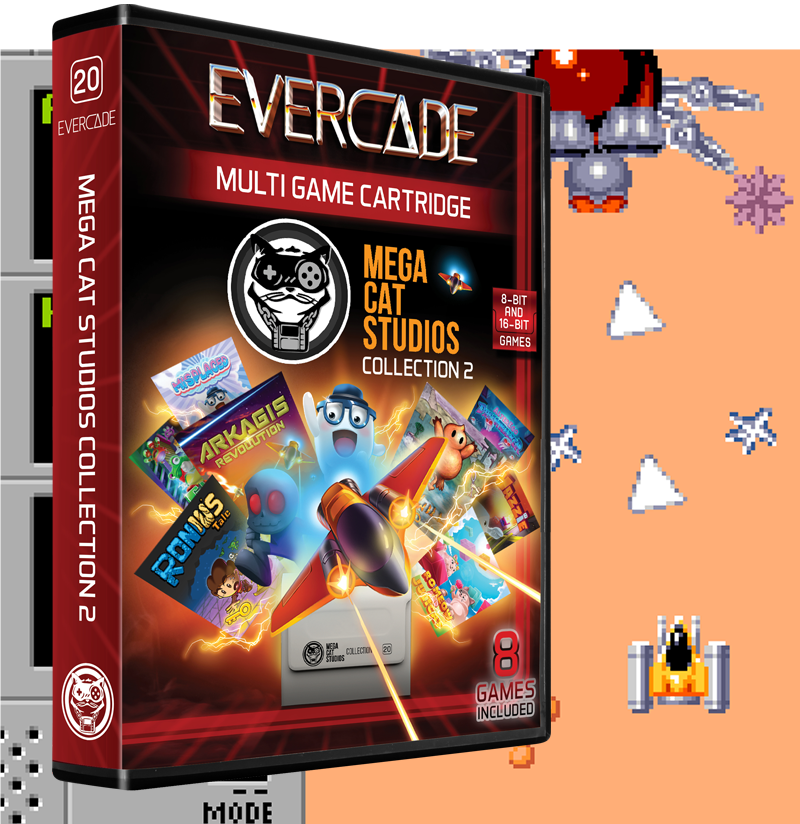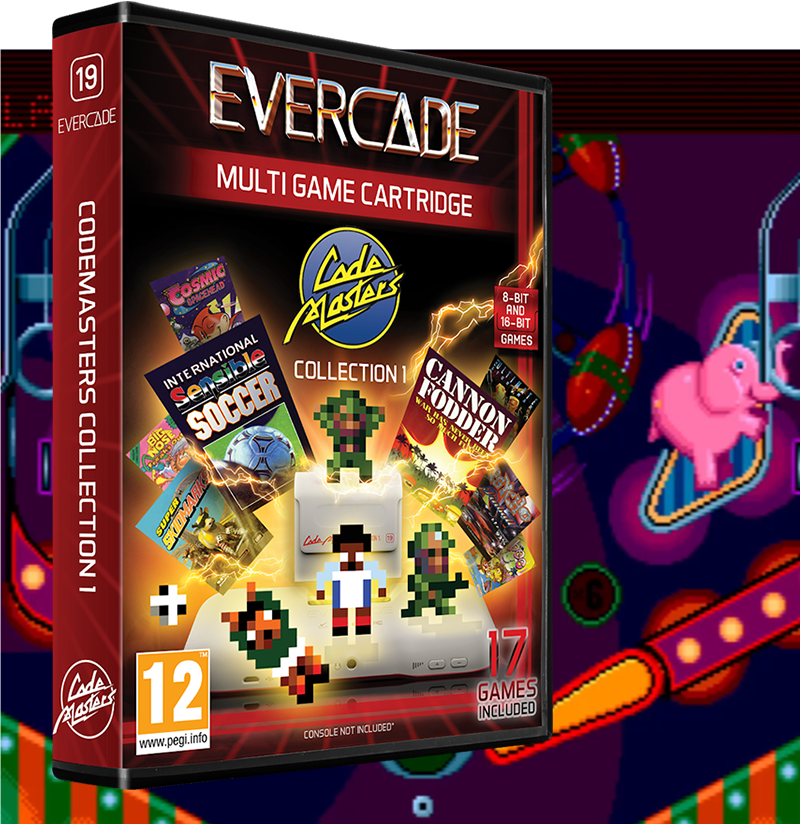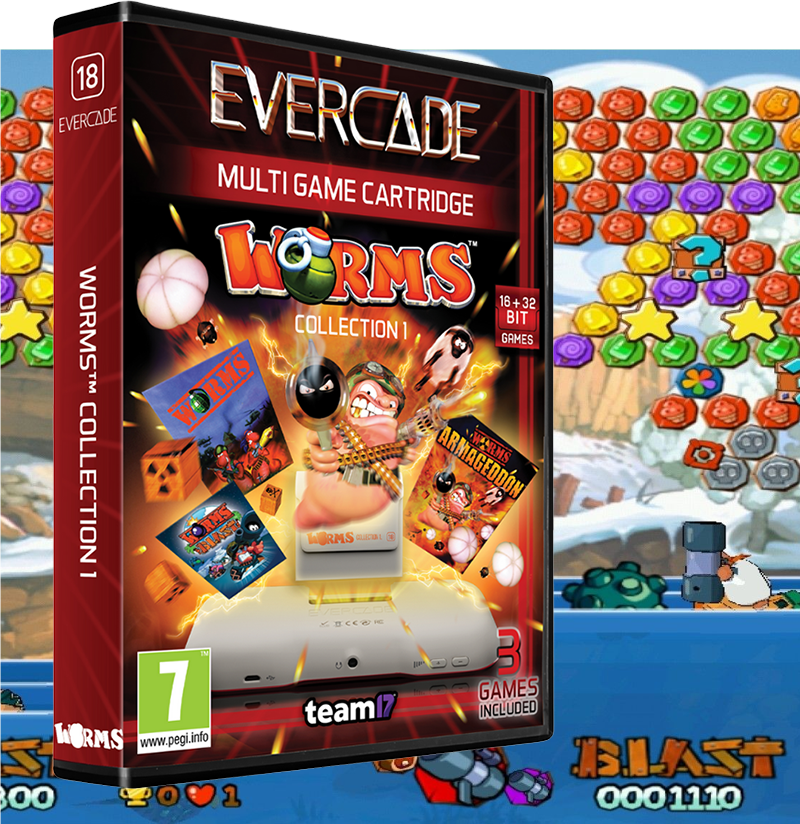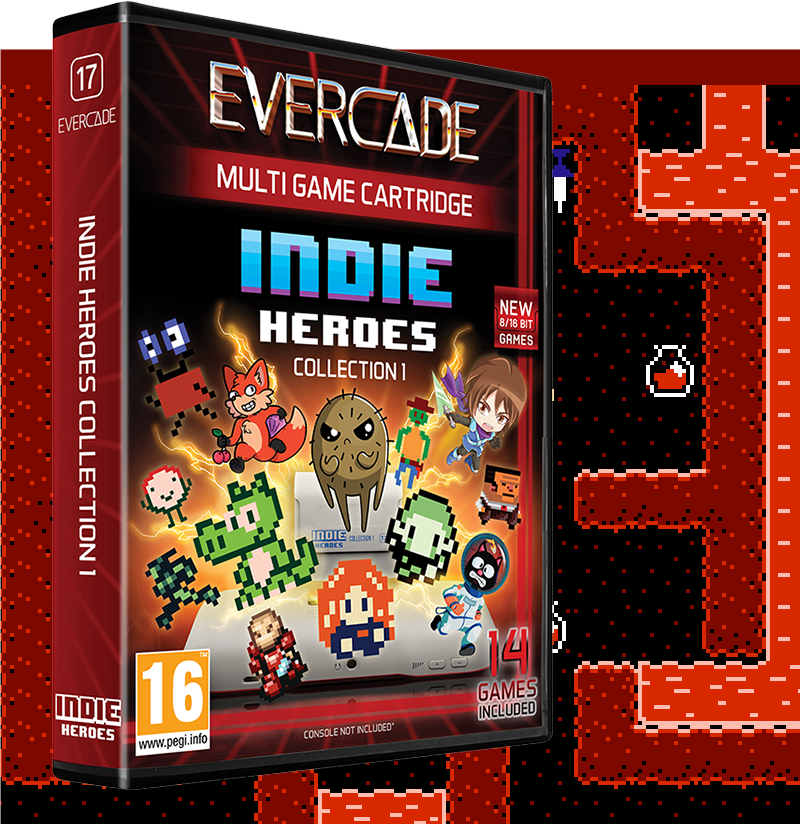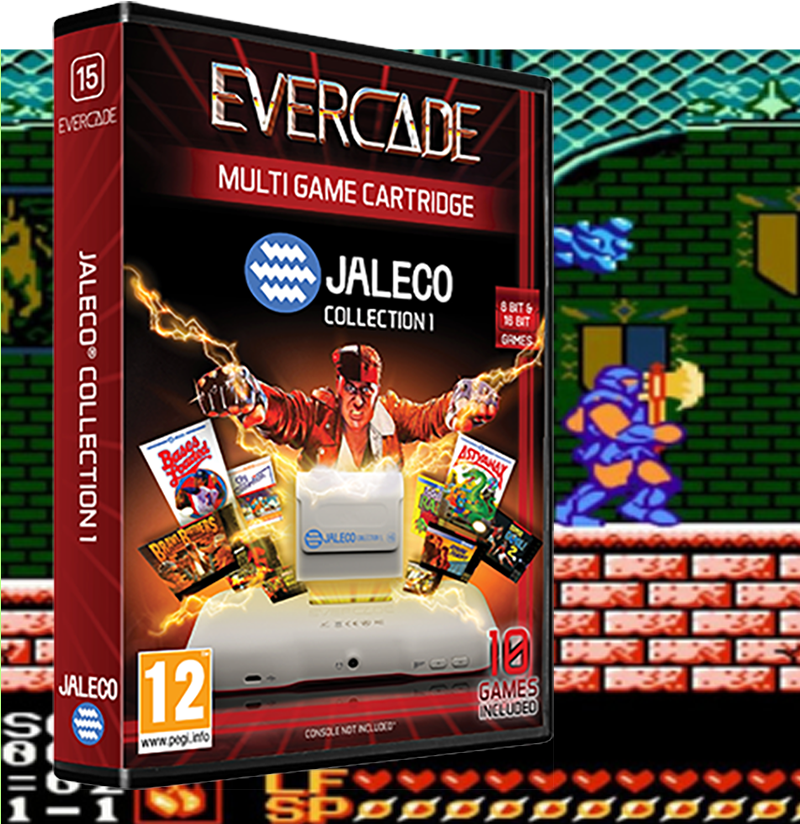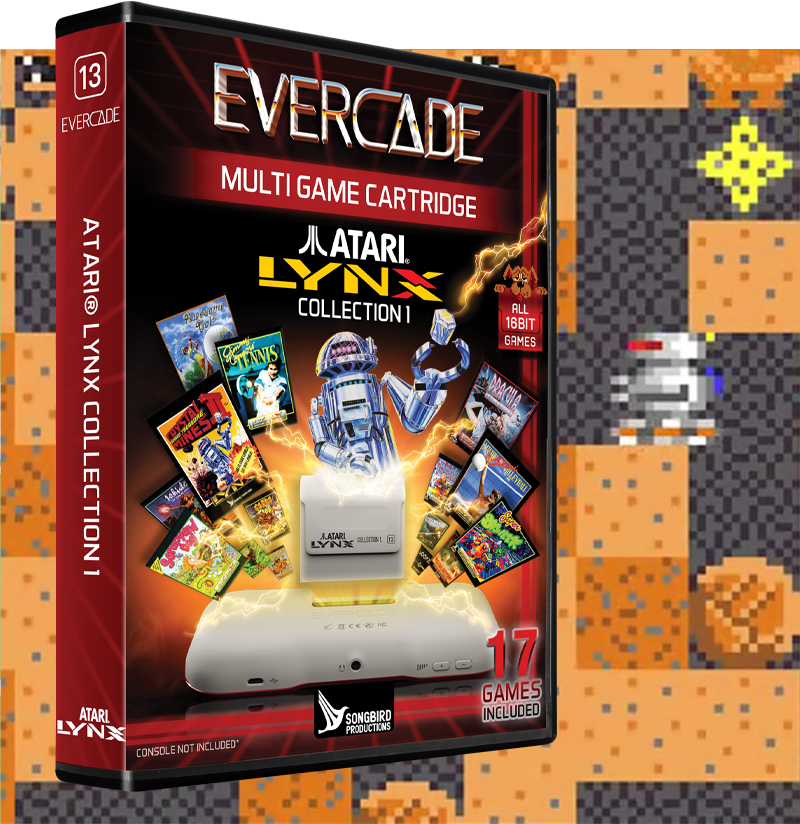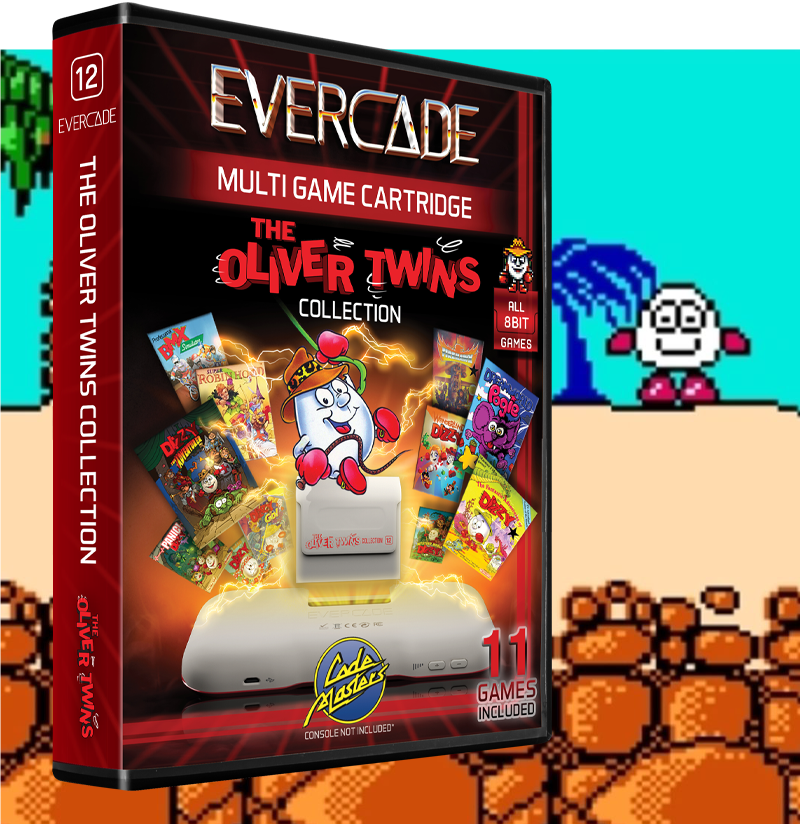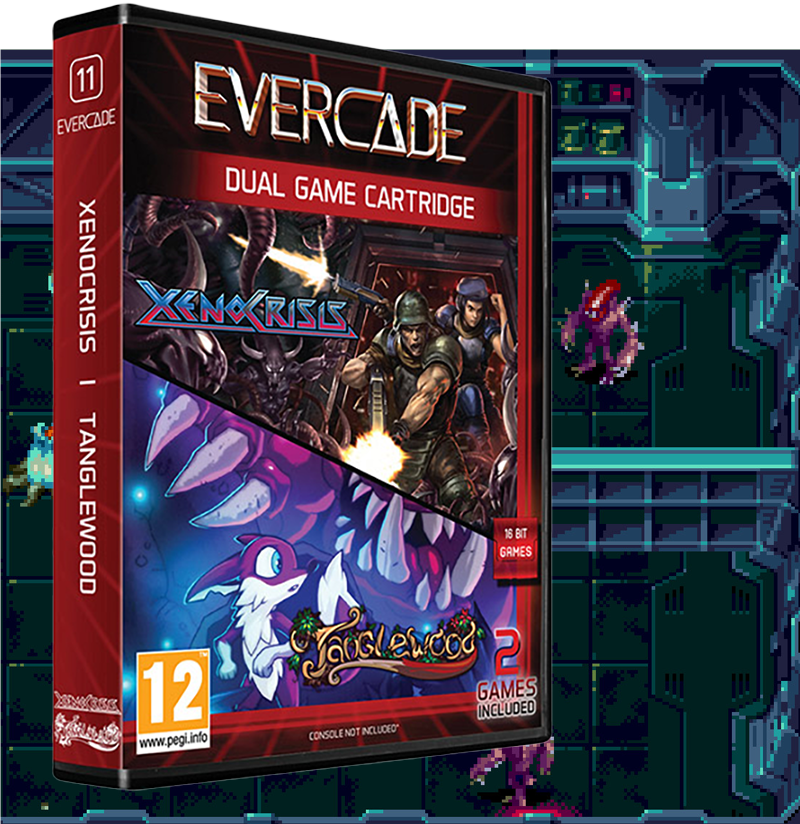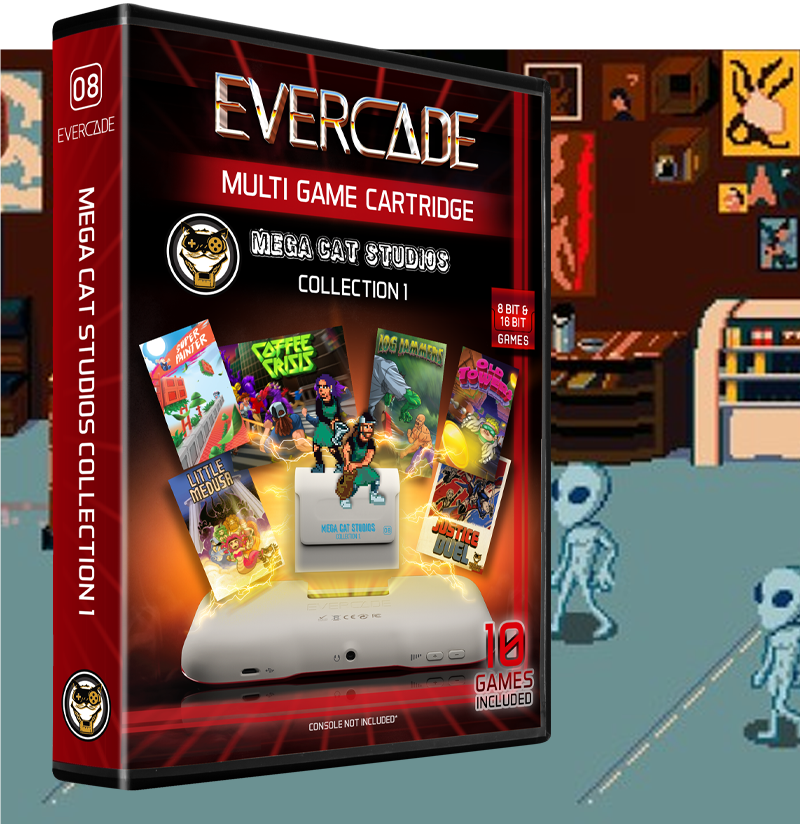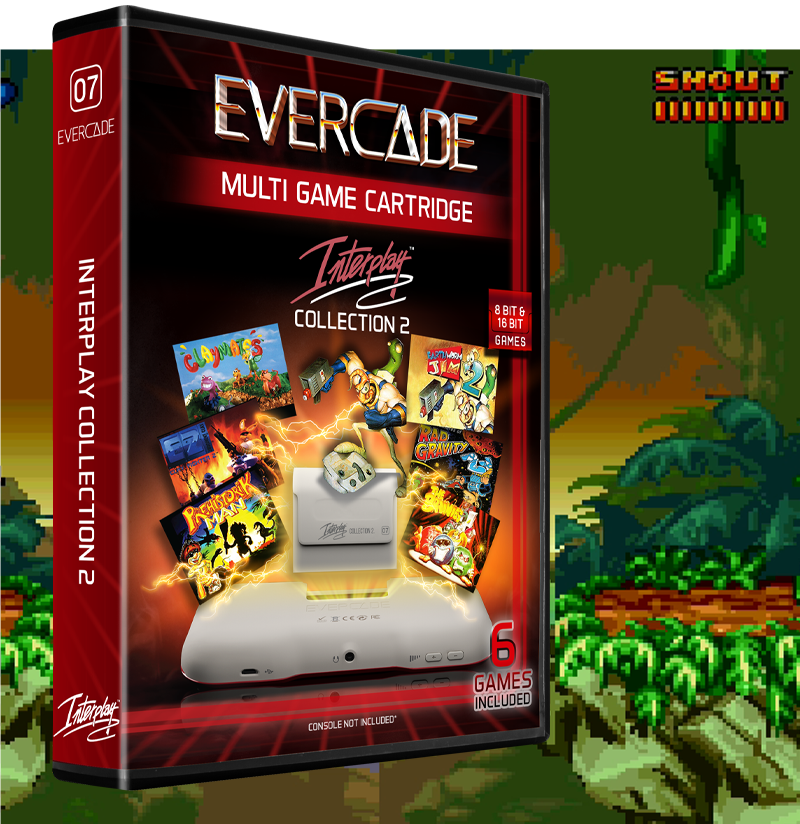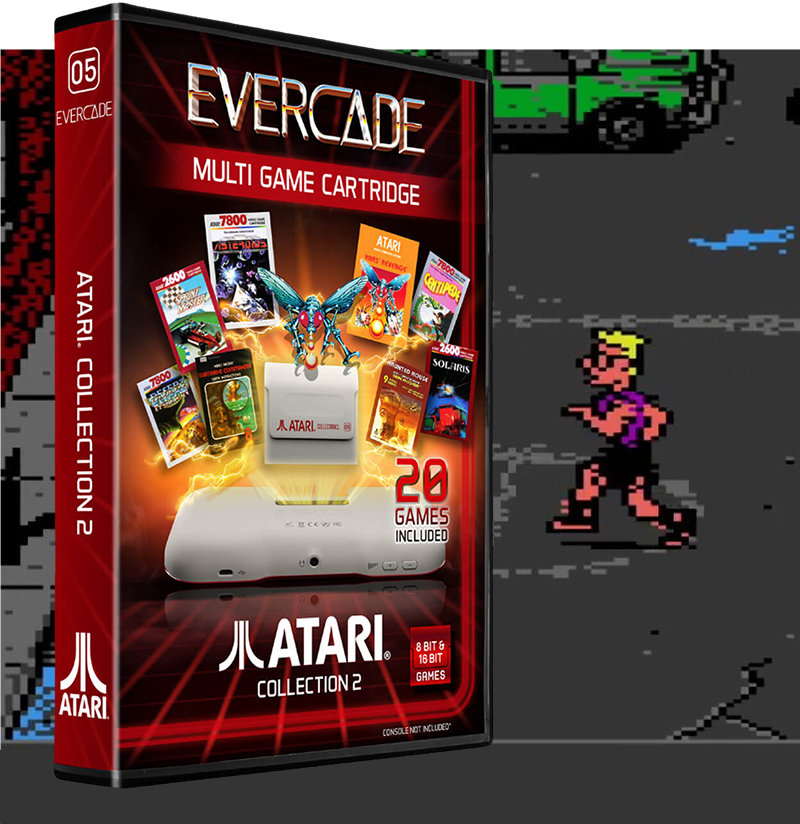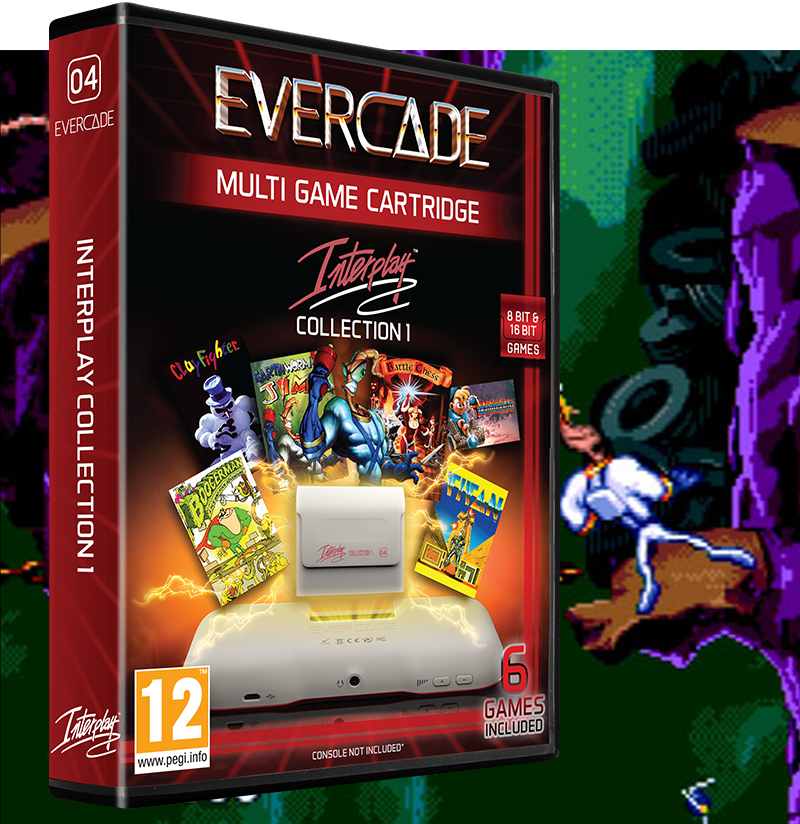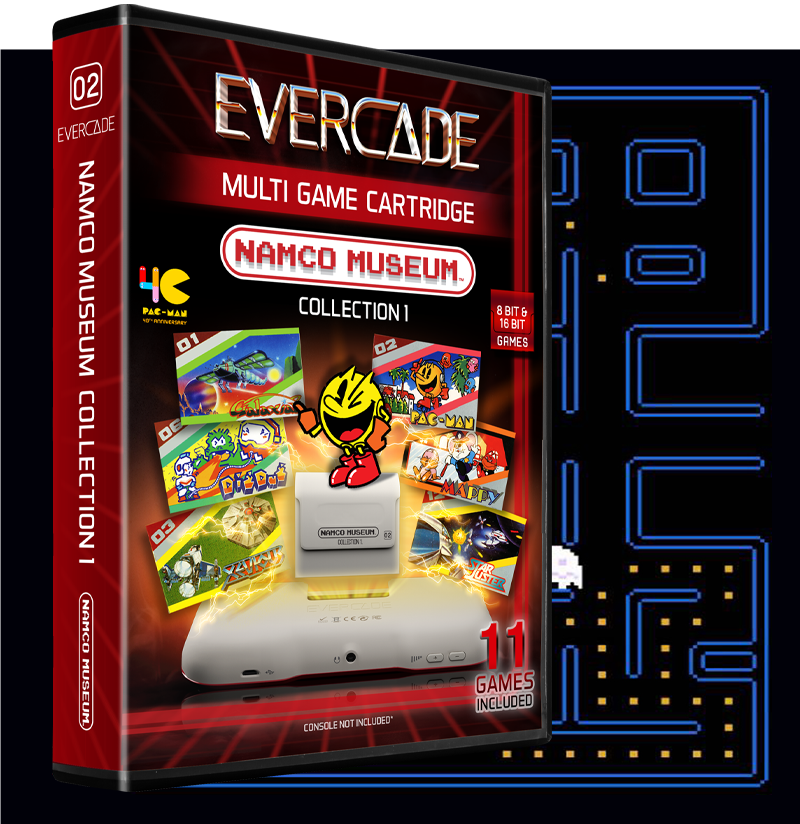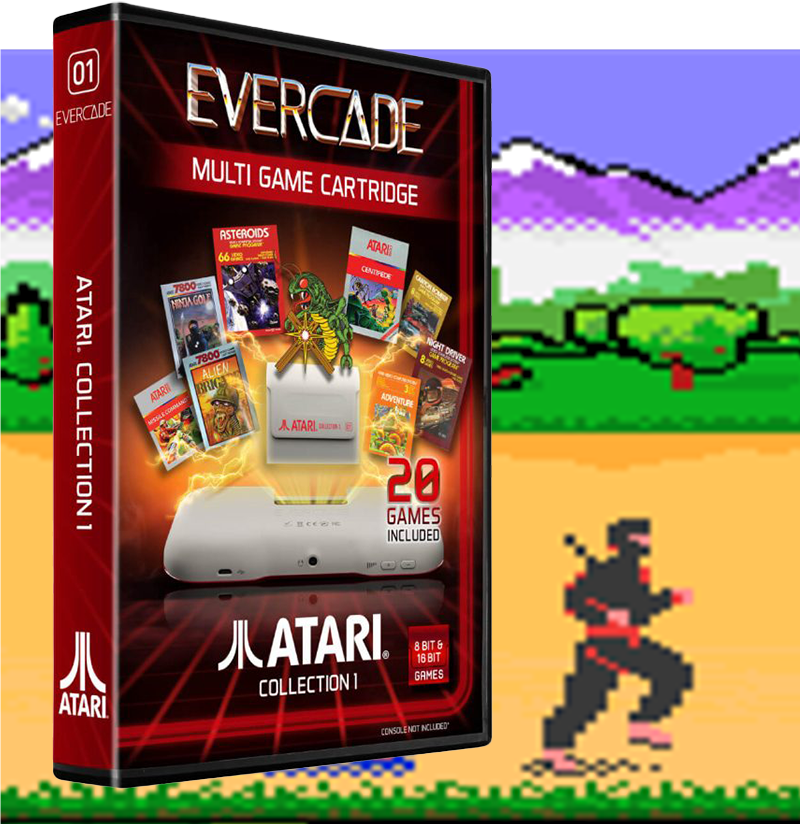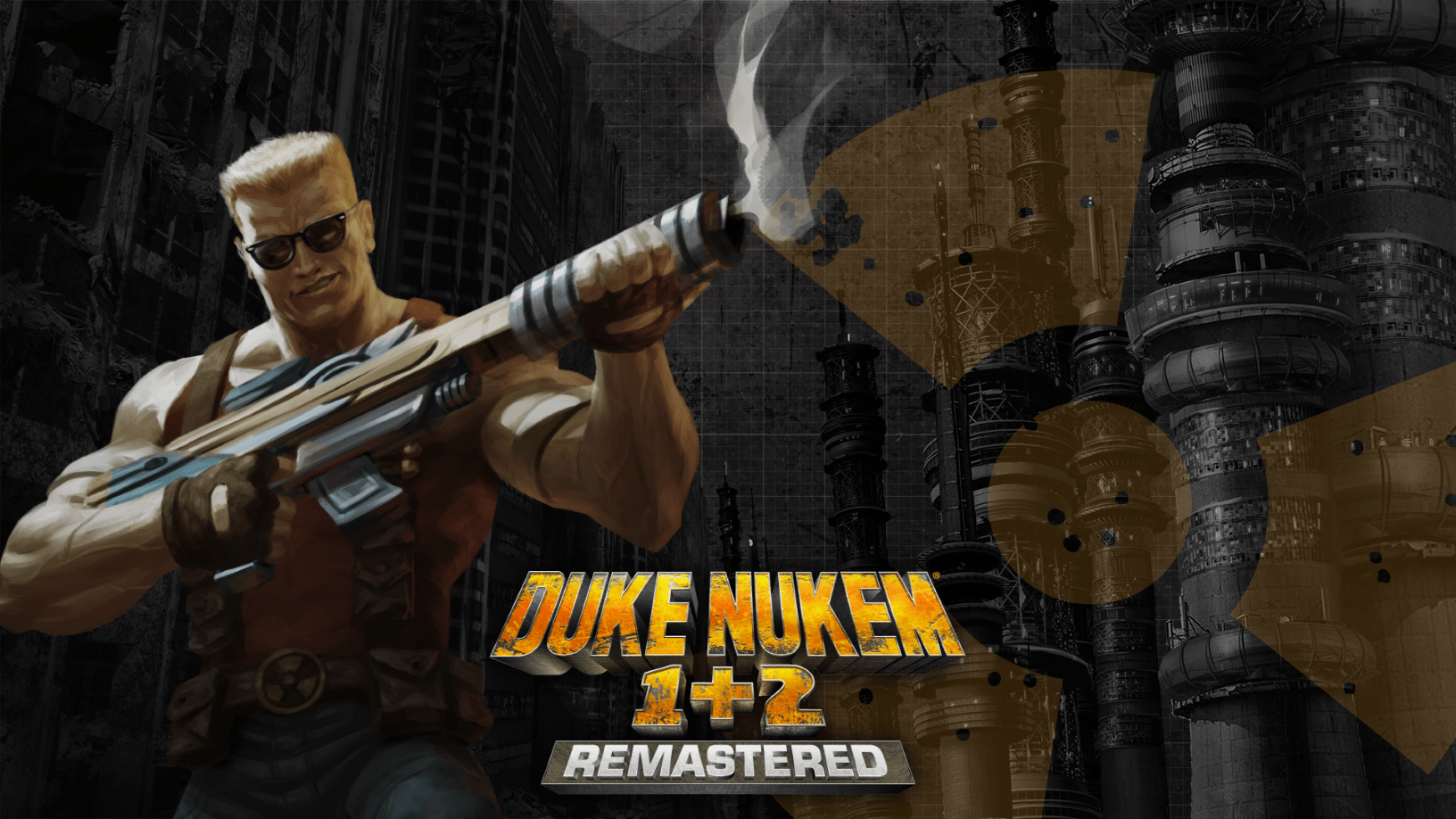
28
Nov
Evercade Game Spotlight: Duke Nukem 1+2 Remastered
Today’s the day we’ve all been waiting for: it’s Duke Nukem release day! (It’s also Demons of Asteborg, Astebros, Goodboy Galaxy and Witch n’ Wiz release day, so be sure to give those wonderful games some love, too!) That’s right, from today you can enjoy a variety of classic Duke Nukem titles on Evercade, including the 32-bit console titles Duke Nukem 3D: Total Meltdown, Duke Nukem: Time to Kill and Duke Nukem: Land of the Babes, plus the ambitious handheld title Duke Nukem Advance.
Star of the show for many folks, though, is Duke Nukem 1+2 Remastered, our incredible revamp of two classic MS-DOS games, featuring all-new audio-visual enhancements, smoother gameplay — plus the opportunity to play them as they appeared back in the day, for purists. So we thought we’d take a closer look at both of these today.
Duke Nukem
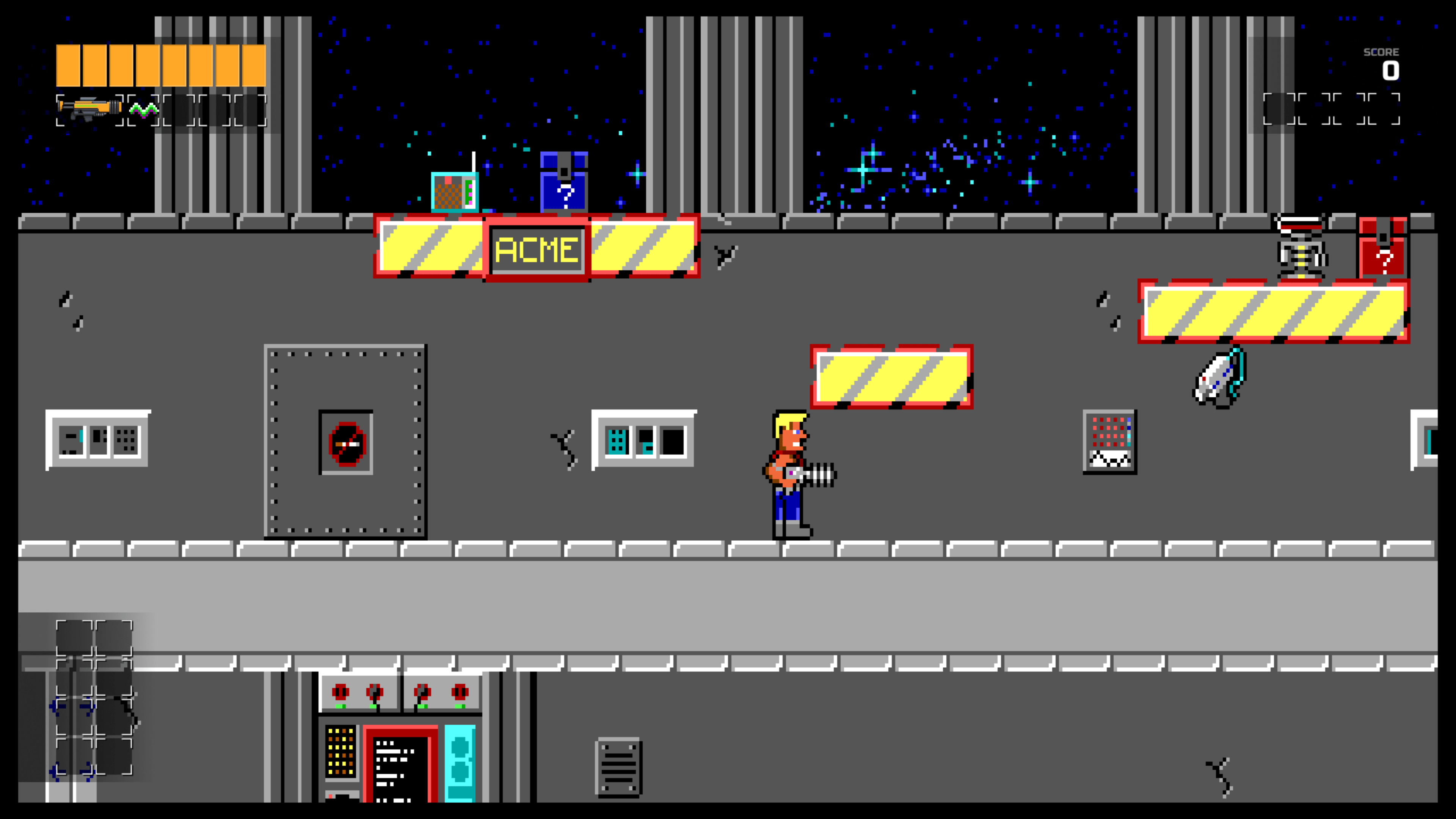

The original Duke Nukem was first released in 1991 for home computers running the MS-DOS operating system. It was originally released under the shareware model, which means that its first episode was available for free via sources such as bulletin boards, magazine cover disks, shareware libraries and the fledgling Internet, while its second and third episodes, which included additional features and more varied graphics, could be purchased via mail order.
The game was briefly rebranded to Duke Nukum after some questions were raised over a character named “Duke Nukem” in the Captain Planet animated TV series, and whether that would cause problems from a trademark perspective. As it happened, the Captain Planet producers had not trademarked that character’s name, and so our hero’s original name was subsequently restored to him.
Duke Nukem (the game, not the character) was originally known as Heavy Metal, but the game’s original producer supposedly hated this name and instead proposed that it adopt the comic book-style convention of simply naming the entire work after the main character. Duke Nukem turned out to be a highly memorable name, and this indirectly inspired a number of other shareware titles from the same era to adopt a similar approach, giving us well-regarded series such as Commander Keen, Blake Stone and Jill of the Jungle.
The original Duke Nukem was an interesting release because it was an obvious attempt to recreate the sort of experience players had been enjoying on graphically capable 16-bit home computers such as the Amiga and the 16-bit home consoles that had been establishing themselves around the same time.
Unfortunately, many PCs of the early ’90s lacked the hardware required to truly match up to specialist gaming systems. Duke Nukem featured visuals drawn in just 16 colours drawn from a limited palette of 64 possibilities — a 1991 Amiga, by comparison, could display up to 32 colours from a palette of 4096, depending on resolution. The Amiga and home consoles of the era also had features that were particularly useful for gaming such as scrolling and sprites built right into their graphics hardware, whereas the humble PC at the time had to do everything the hard way, meaning all-action games on PC were typically a tad more choppy than on other platforms.
On top of that, while there were sound cards available for the PC that enabled the use of MIDI soundtracks and digitised sound, they were relatively expensive, and support for them had not yet been entirely standardised. As such, Duke Nukem featured sound effects produced by the very limited, single-channel capabilities of the PC internal speaker.


Today, all these things give the original Duke Nukem a distinctive retro charm that make it immediately recognisable as an early ’90s PC game; at the time of original release, though, it was obvious the hardware just wasn’t quite up to the ambition, and it was hard for those who primarily gamed on MS-DOS PC not to feel a little jealous of their Amiga and console-owning peers.
But no longer! Duke Nukem 1 Remastered provides the option to play with modern enhancements to the original engine, bringing it firmly in line with what it always wanted to be. You want smooth 60fps scrolling instead of the chunky 8×8 “block” scrolling of the original? You got it. You want smooth sprite movement? That’s here also. You want the game to fill the screen instead of being confined to a small square window? You got that, too — even going so far as to completely fill 16:9 widescreen displays.
We’ve even provided the option to expand the colour palette so things like skin tones appear more natural than the classic “I’ve been standing too close to radioactive waste” EGA look — and Duke’s outfit more closely matches his later incarnations. Plus, if you want to completely customise your experience, you can selectively turn the various modernisation features on or off as you see fit.
Of course, you can still play the game as it appeared back in 1991, too; we don’t want Duke to forget his roots, after all. But you might be surprised what a difference turning on the “modern” options in Duke Nukem 1 Remastered makes; it really does make it feel like the game it always wanted to be.
This wasn’t just a simple case of unlocking the frame rate, mind. The game has been fundamentally rebuilt from the ground up — and in the process, some new features have been added, too. Some of these are subtle, such as multi-channel sound effects, while others, like the new music, are more obvious. There’s also full stat tracking and a timer function for speedrunners, plus a new Quick Save feature allowing you to more easily practice tricky sections.
Allowing the game to expand to widescreen presented some challenges, too — the original Duke Nukem featured some enemies and events that trigger when they appear in the viewport, for example, so when making that viewport much bigger and wider, we had to ensure that things still remained balanced. On top of that, the larger play area also presented the possibility that Duke could find himself “out of bounds” in some areas, so we had to make small tweaks to some levels to ensure that couldn’t happen!
At heart, Duke Nukem 1 Remastered is the classic MS-DOS platformer from 1991. And with all its modernisation options turned off, you can experience it just as it was back in the day. But with those features turned on, it feels like a brand new game that we’re sure you’re going to love.
Duke Nukem 2
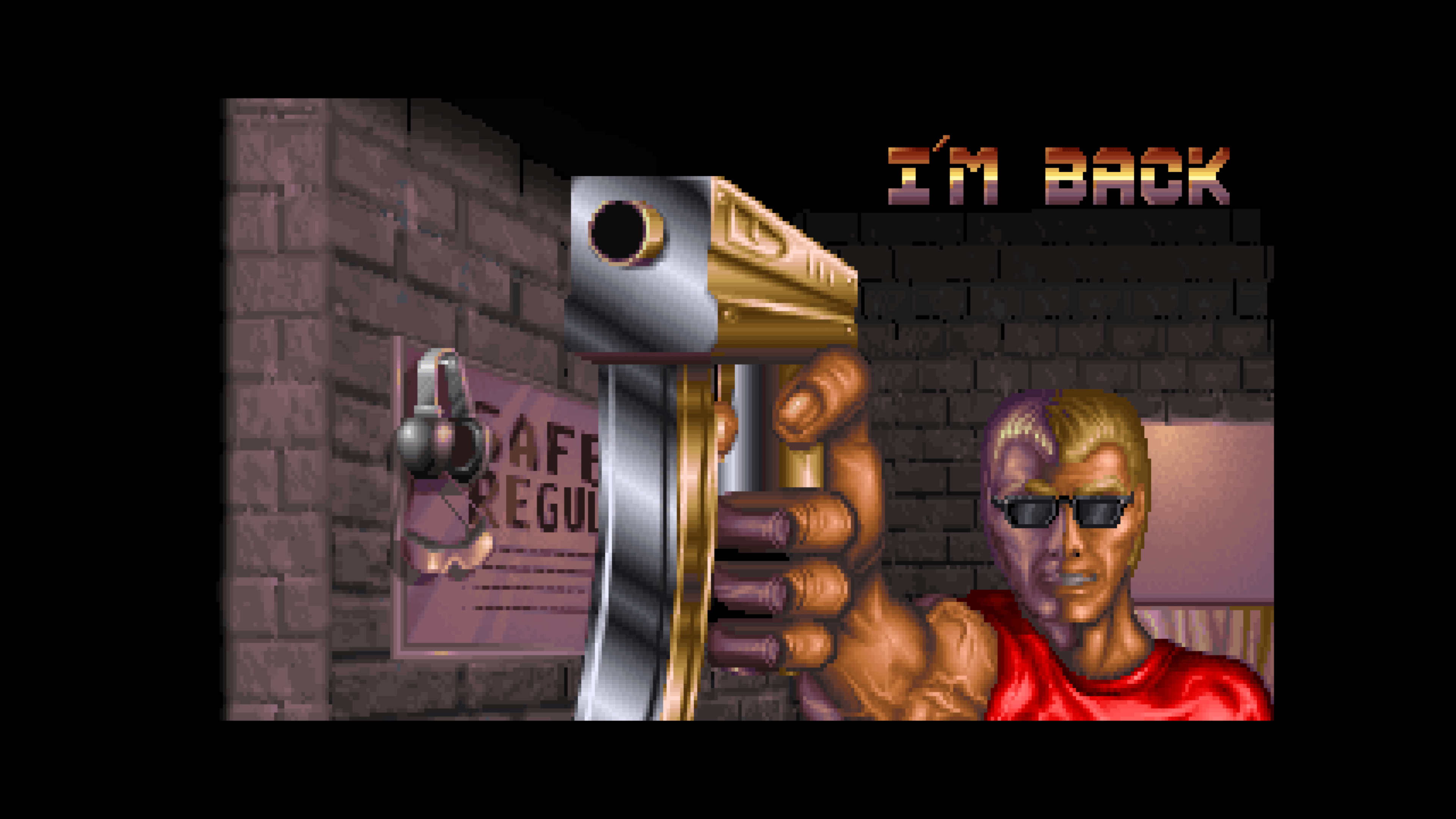

Duke Nukem 2 first appeared two years after its predecessor, hitting the scene in 1993. Like the first Duke Nukem, it was released under the shareware model, meaning that the first episode could be freely acquired and distributed, while the remaining three episodes were commercial products that one could either pick up via mail order or, in select locations, at retail.
Two years made quite a difference in the MS-DOS PC gaming scene. VGA graphics cards, which allowed considerably more colours on screen than even the Amiga and 16-bit home consoles, were starting to become more commonplace. Many PC gamers were starting to outfit their rigs with AdLib and SoundBlaster-compatible sound cards, allowing for FM synthesis MIDI music and digitised sound effects. And processor speeds had continued to rise, allowing more elaborate, complex games.
As a result, Duke Nukem 2 was a considerably more impressive game than its predecessor in a number of ways. Its introductory sequence featured music, digitised sound, speech and 256-colour graphics, for example. Its in-game visuals, meanwhile, were limited to 16 colours, but made use of the additional capabilities of VGA graphics cards to draw these 16 colours from a wider possible palette. And the faster processor speeds of the time allowed for more advanced visual effects such as particle-based explosions and parallax scrolling.
The smoothness still didn’t quite match up to the Amiga and consoles, but we were starting to see PC gaming distinguish itself as something new and different. Duke Nukem 2 no longer felt quite like it was trying to ape the console game experience; it felt very much like it was a PC-specific platformer.
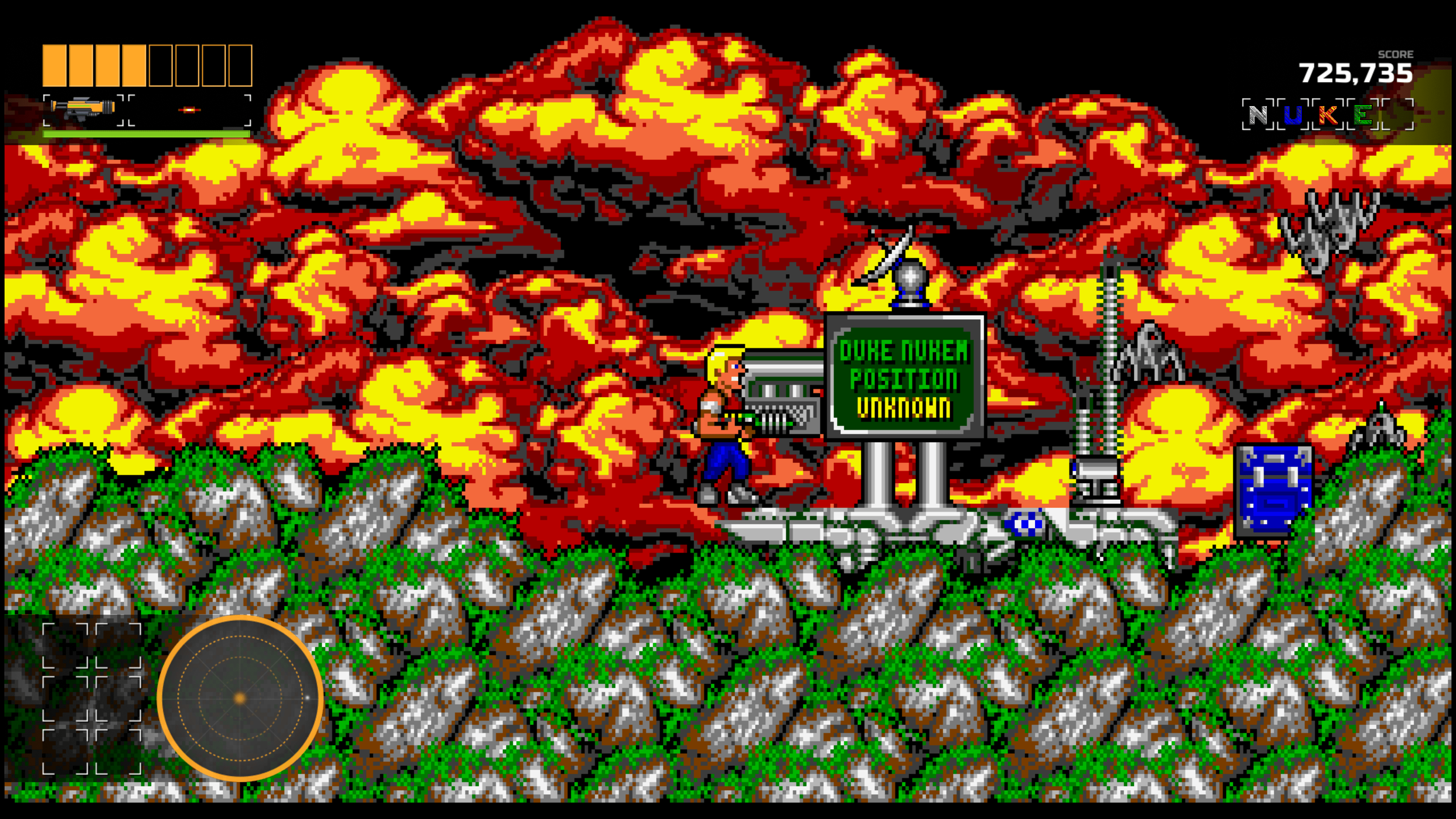

Once again, Duke Nukem 2 Remastered allows this game to shine in a way that simply wasn’t possible on hardware of 1993, with full 60fps smooth scrolling and sprite movement, plus the ability to fill a 16:9 widescreen display.
This latter aspect makes a huge difference, because one of the biggest criticisms of Duke Nukem 2 on its original release was that the viewing area was relatively constrained, making it difficult to see threats ahead of your current position. By expanding the available screen area, this is no longer an issue, making the game considerably more enjoyable to play — though of course, as with the original Duke Nukem, you can still play in “classic” style if you prefer, or mix and match enhancements as you see fit.
Once again, the core game experience is supported with some solid metagame features, allowing you to track your progress through the game in various ways, including score, time and number of special bonuses acquired on each level, per difficulty setting. And speedrunners can make use of an on-screen timer to check their progress in real time.
Duke Nukem 2 is an energetic, explosive run-and-gun adventure with plenty of exploration and action — and Duke Nukem 2 Remastered makes it look and play better than it has ever done in the past. We can’t wait for you to try it for yourself, and we just know you’re going to have a blast.
Duke Nukem 1+2 Remastered are available as part of Duke Nukem Collection 1, which is available now. Find out more here.
